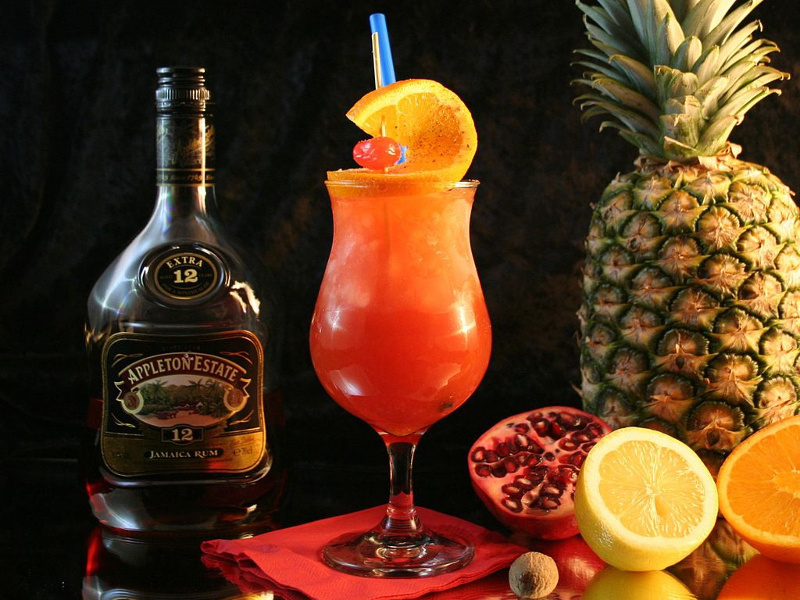The Caribbean Islands are a region of the Americas that consists of the Caribbean Sea, islands, and surrounding coasts. The region is located southeast of the Gulf of Mexico and east of Central and South America. When you visit the Caribbean, you’ll find a rich diversity of culture, food, and history.
The Caribbean is comprised of 30 countries and over 5000 islands, and the climate is tropical. The rainfall varies based on the size and elevation of each island. This area’s population has risen to 38 million over the last 40 years. Its smaller islands are often characterized by high socioeconomic diversity and seasonal influxes of tourists.
If you’re planning your next vacation, consider a few of the Caribbean Islands as a first destination. They’re beautiful, beach-ringed, jungle-covered, and full of surprises. There are also plenty of activities to keep you busy, from horse racing and horseback riding to sailing and swimming. You get to experience and quench your thirst with the amazing Caribbean drinks during summer or taste either Caribbean beer, wines or rum.

The climate of the Caribbean islands is generally tropical with seasonal variations based on mountain elevation and ocean currents. Rainfall in the Caribbean can range from 10 inches to 350 inches a year, depending on where you go. Most Caribbean islands experience northeast trade winds, with average speeds of 10 to 20 miles per hour or 16 to 32 km/h. Hurricanes are common in the Gulf of Mexico and northern Caribbean.
The Caribbean Islands are a perfect vacation destination. The islands offer a tropical climate, beautiful beaches, enjoy the tropical fruits and vegetables, and diverse ecosystems ranging from cactus scrubs to montane cloud forests. The islands have an important historical and cultural history. Most of them were colonies of European nations during the colonial era. Columbus recognized the wealth of the region, and his conquistadors began exploitation of the natural resources and native populations.
Tourism is a large part of the Caribbean economy, with some islands attracting millions of visitors annually. Other major industries include clothing and textile manufacturing, electronics manufacturing, and oil production. Many Caribbean islands have thriving fisheries industries. These industries, in addition to tourism, have become the primary sources of income in the region.
The Caribbean region is home to 26,000 km of coral reefs – which make up nearly seven percent of the world’s total. Belize is home to the second-largest barrier reef in the world, and the S. Andres Archipelago is home to the third-largest barrier reef. The Caribbean region is also home to over 1400 fish and twenty-three seabird species. The region is highly connected, allowing species to migrate from one island to another.
Haiti was the first of the Caribbean nations to achieve independence from European powers. However, some small islands, such as the Dominican Republic, remain largely dependent on the European powers.
